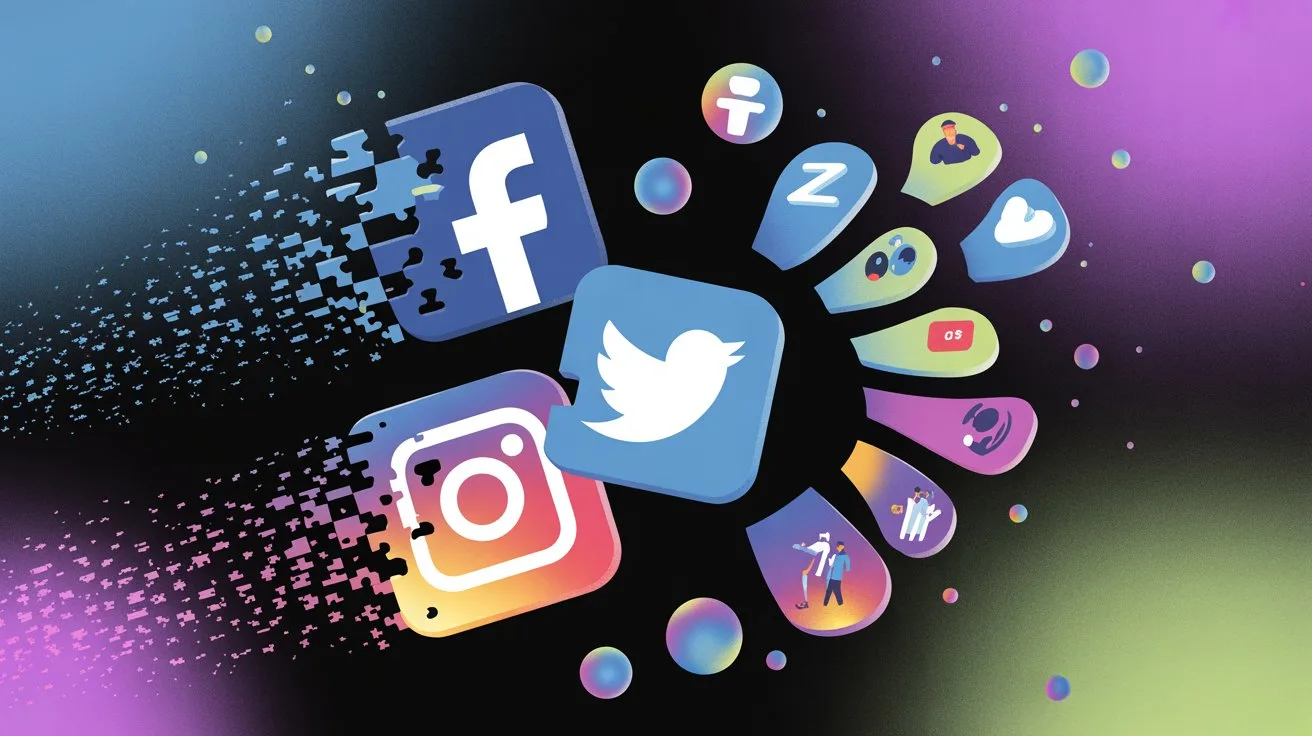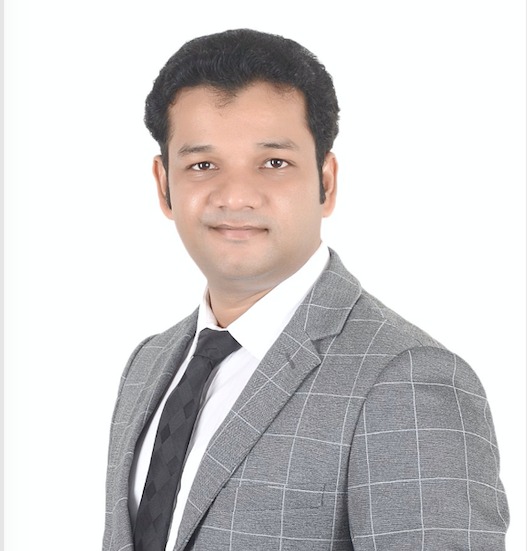The Continued Fragmentation of Social Media and the Rise of Niche Platforms

Social media is no longer a one-size-fits-all game. While giants like Facebook and Instagram still dominate, users—especially in India—are flocking to smaller, specialized platforms. Over 467 million Indians actively use social media, but they’re no longer confined to mainstream apps. Platforms like Koo (for regional language users), ShareChat (for hyperlocal communities), and healthcare-specific forums like Practo’s Q&A section are gaining traction. Even WhatsApp groups have become hubs for patient support networks, from diabetes management to mental health counseling.
For healthcare marketers, this shift is a double-edged sword. On one hand, niche platforms let you target specific audiences, like new moms seeking parenting advice or seniors researching arthritis treatments. On the other hand, managing campaigns across 10+ platforms drains time and budgets. Worse, generic posts fall flat in spaces where users crave tailored, trustworthy content.
The message is clear: To reach India’s fragmented audiences, healthcare brands must adapt—fast.
Why Social Media Fragmentation Matters for Healthcare Marketers
The Rise of Niche Communities
Younger audiences are ditching crowded platforms for intimate spaces. For example:
- Gen Z patients discuss ADHD coping strategies on Reddit’s r/India subreddit.
- Doctors debate AI in healthcare on LinkedIn groups like MedTech India.
- Regional apps like Sugar.fit (for diabetics) and Cure.fit (fitness enthusiasts) host active user communities.
The Hidden Challenges
- Audience Dilution: A cardiology clinic might find its audience split between YouTube (for educational videos), WhatsApp (for appointment updates), and Practo (for reviews).
- Compliance Risks: India’s Digital Personal Data Protection Act (DPDPA) requires strict handling of patient data. A misstep on a new, unvetted platform could mean legal trouble.
- Resource Drain: Creating Instagram Reels, LinkedIn articles, and WhatsApp-friendly text updates triples workload without tripling ROI.
The Cost of Ignoring Fragmentation
Brands sticking to Facebook alone miss key audiences. For instance, 60% of urban Indian moms now use YouTube Shorts for health tips, while rural users rely on ShareChat’s healthcare hashtags. Without a cross-platform strategy, your message gets lost in the noise.
Strategies to Navigate Fragmentation
A. Map Your Audience’s Platform Habits
- Tools: Use Google Surveys to ask patients, “Where do you seek health advice?” Track mentions with social listening tools like Mention or Sprinklr.
- Example: A Pune-based maternity hospital discovered expectant mothers preferred joining private Facebook Groups over following Instagram pages. They shifted resources accordingly.
B. Double Down on 2-3 High-Impact Platforms
- Prioritize Quality: A Chennai dental chain saw 3x engagement after focusing on YouTube (for animated oral hygiene tutorials) and WhatsApp (for appointment reminders). They cut Twitter/X, which drove only 2% of their traffic.
- Localize Content: Create Gujarati videos for Ahmedabad’s seniors on YouTube or Tamil infographics for Coimbatore’s young professionals.
C. Tailor Content for Each Platform
- LinkedIn: Share peer-reviewed studies or hospital accreditation news to engage doctors.
- Instagram: Use Reels to debunk myths (“No, ginger won’t cure diabetes!”).
- Niche Forums: Partner with moderators of a mental health Discord server to host weekly AMAs with therapists.
D. Collaborate with Micro-Influencers
- Why It Works: A Jaipur-based nutritionist gained 1,000+ new clients by partnering with fitness influencers on Instagram Reels. Followers trust influencers more than ads.
- Pro Tip: Choose creators with 10k–100k followers—they often have higher engagement than celebrities.
How Public Media Solution Can Help
1. Cross-Platform Audits
We analyze your current social presence and identify gaps. For example, we helped a Kolkata hospital discover 40% of their audience was active on ShareChat—a platform they’d ignored.
2. Compliance-First Campaigns
Our team ensures every post aligns with India’s DPDPA and medical ethics guidelines. We vet platforms for data safety, so you avoid penalties.
3. Hyperlocal Campaigns
We craft content in regional languages and cultural contexts:
- Marathi posts for Maharashtra’s aging population.
- Telugu video scripts for Andhra Pradesh’s rural clinics.
4. End-to-End Management
From scripting YouTube explainers to moderating WhatsApp groups, we handle it all.
Case Study: A Delhi diagnostic chain boosted bookings by 70% after we streamlined their strategy to focus on WhatsApp broadcasts and YouTube Shorts.
Ready to cut through the noise? Let’s build your cross-platform strategy—schedule a free consultation today.
Final Words– Embrace Fragmentation as an Opportunity
Social media fragmentation isn’t a trend—it’s the future. For healthcare brands, niche platforms offer a golden chance to connect deeply with patients. Imagine:
- Hypertensive seniors are watching your Kannada-language YouTube tutorials.
- Young moms in Kerala, sharing your infographics on ShareChat.
- Doctors in Mumbai are discussing your latest research on LinkedIn.
Public Media Solution turns fragmentation into focus. We help you speak the right language, on the right platform, to the right audience. Don’t let scattered audiences dilute your impact—claim your space in India’s niche communities now.
